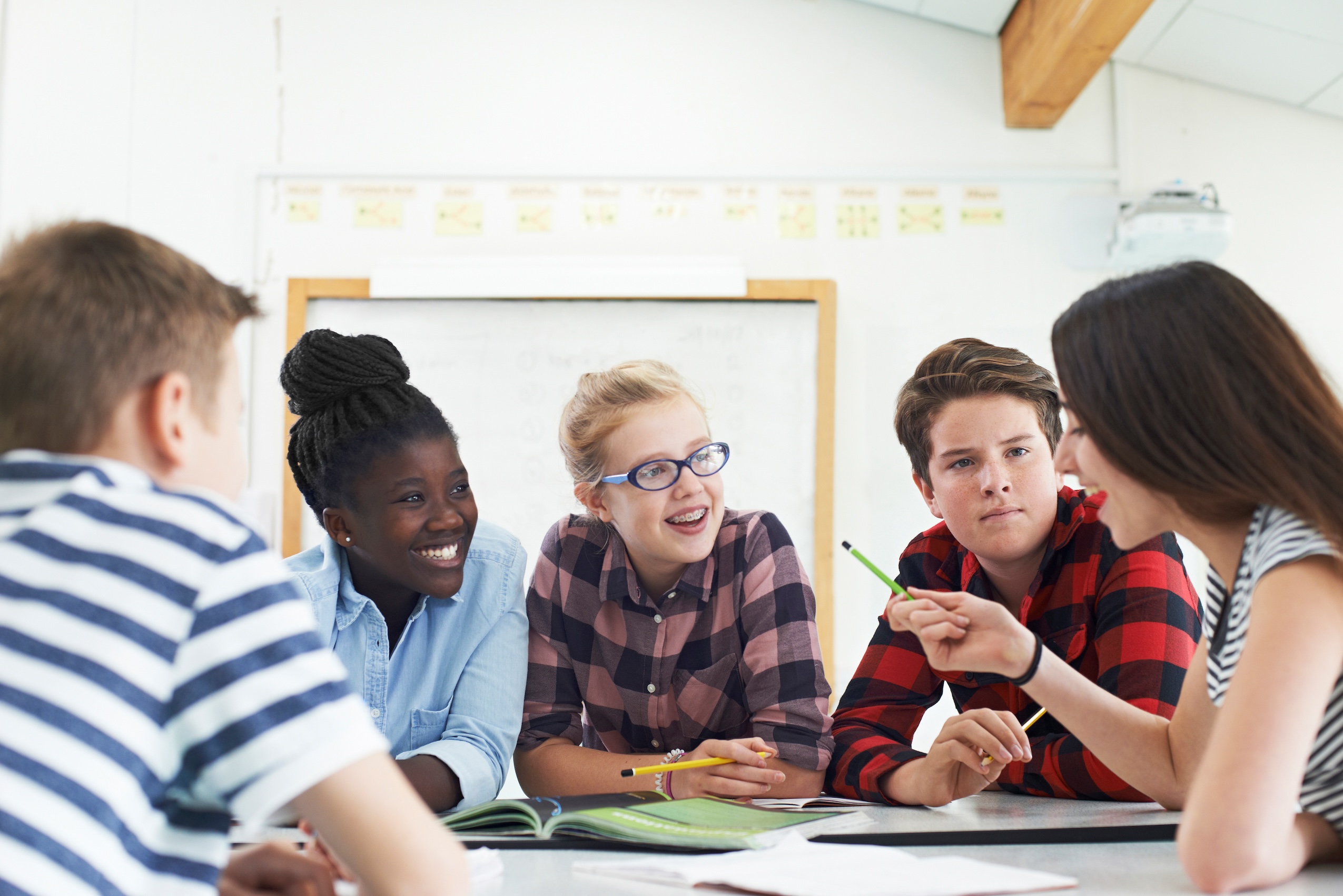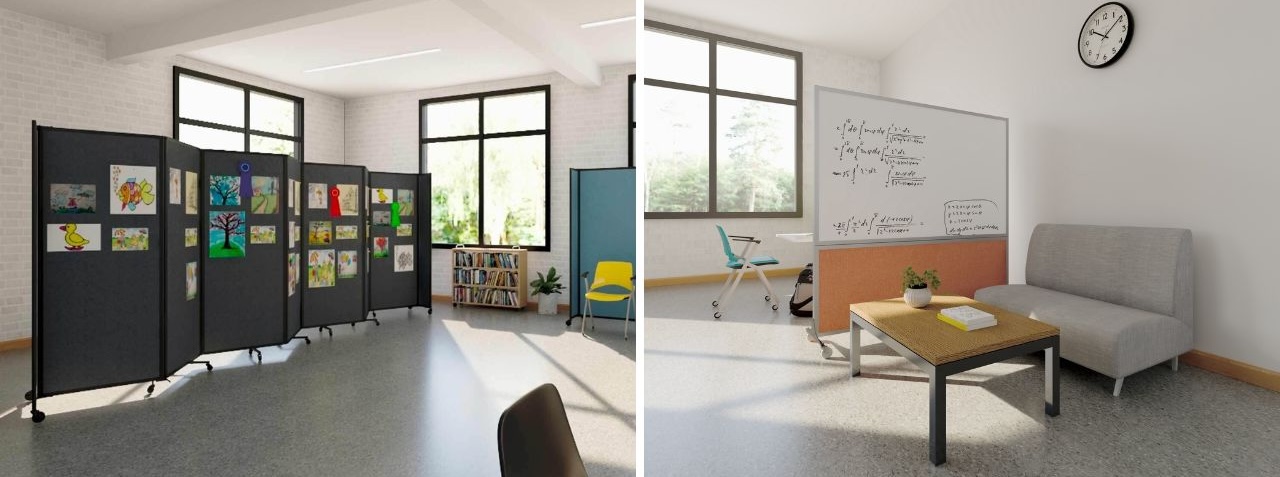
Teaching in a diverse classroom setting, where students possess varying strengths, talents, and interests, presents a considerable challenge for educators. Adopting a student-led learning approach aligns seamlessly with the unique needs and interests of students, fostering self-directed and more profound learning experiences. This methodology also empowers teachers to efficiently manage their time, allowing for focused coaching and guidance.
In recent years, the momentum behind student-led learning has grown,
emphasizing self-directed learning, creativity, and exploration as opposed to
traditional lecture-style memorization. This educational paradigm nurtures
critical thinking, problem-solving, and collaboration – crucial 21st-century
skills essential for success beyond graduation.
At its core, student-led learning centers around prioritizing students' needs,
valuing their interests, and acknowledging their ability to learn in
personalized ways. This not only enhances the enjoyment of the learning process
but also cultivates motivation, self-discipline, and curiosity. Educators can
optimize their time by supporting those in need of additional assistance, while
simultaneously allowing advanced or independent learners to progress with less
oversight.
Key principles of a student-led classroom include:
Empowering Student Agency:
Granting students a voice in their learning journey helps them connect with the classroom community and academic content. Involving them in the establishment of classroom rules fosters a stronger sense of ownership. Providing options for reading materials, research topics, math problems, group projects, or physical activities amplifies relevance and meaning for learners.
Facilitating Self-Management of Learning:
As students explore academic content, they cultivate crucial time management and decision-making skills. The shift from direct instruction to a more self-directed approach demands resourcefulness, problem-solving, and occasional setbacks. Educators can champion trial and error as a path to progress, emphasizing 'learning how to learn' over merely delivering correct answers.
Incorporating Time for Reflection:
Recognizing that each student approaches assignments differently, integrating time for reflection and sharing creates new avenues for growth. Larger projects can involve students sharing experiences and learning collaboratively. Daily assignments may prompt students to write reflective paragraphs or engage in discussions with peers, fostering confidence and a growth mindset.
Evolution of the Educator’s Role:
As student-led learning activities take center stage, teachers transition from being directors of learning to facilitators. The role evolves into that of a guide and coach, providing access to necessary resources while posing thought-provoking questions, offering feedback, and challenging students to overcome obstacles. Educators play a pivotal role in helping students understand how to rely on themselves and others, develop critical thinking, and enhance problem-solving abilities.
Can student-led learning influence the arrangement of the classroom?

The impact of student-led learning extends to considerations for your classroom
layout. Educators may consider establishing distinct learning stations to delve
into scientific, mathematical, and other academic concepts. Another option is
to set up a gallery walk within the classroom or a communal space, providing a
platform to exhibit student projects and encourage feedback from peers and
educators. Additionally, a shift away from the traditional classroom setup may
involve creating spaces tailored to different activities, such as soft seating
areas for reading and reflection, designated tables and tools for small group collaboration, or quiet zones for independent study, writing, and focused work.
Is student-led learning suitable for your classroom? There could be
opportunities to introduce a project or two as a trial. Nevertheless, it
remains a concept that numerous educators believe can cultivate the skills
necessary for students to thrive in our ever-evolving and challenging world.
Do you require adjustments to school spaces to accommodate innovative learning approaches? Versare provides an array of options and solutions to help you create the ideal learning environment within the confines of your existing space.
 New Zealand Dollar
New Zealand Dollar

